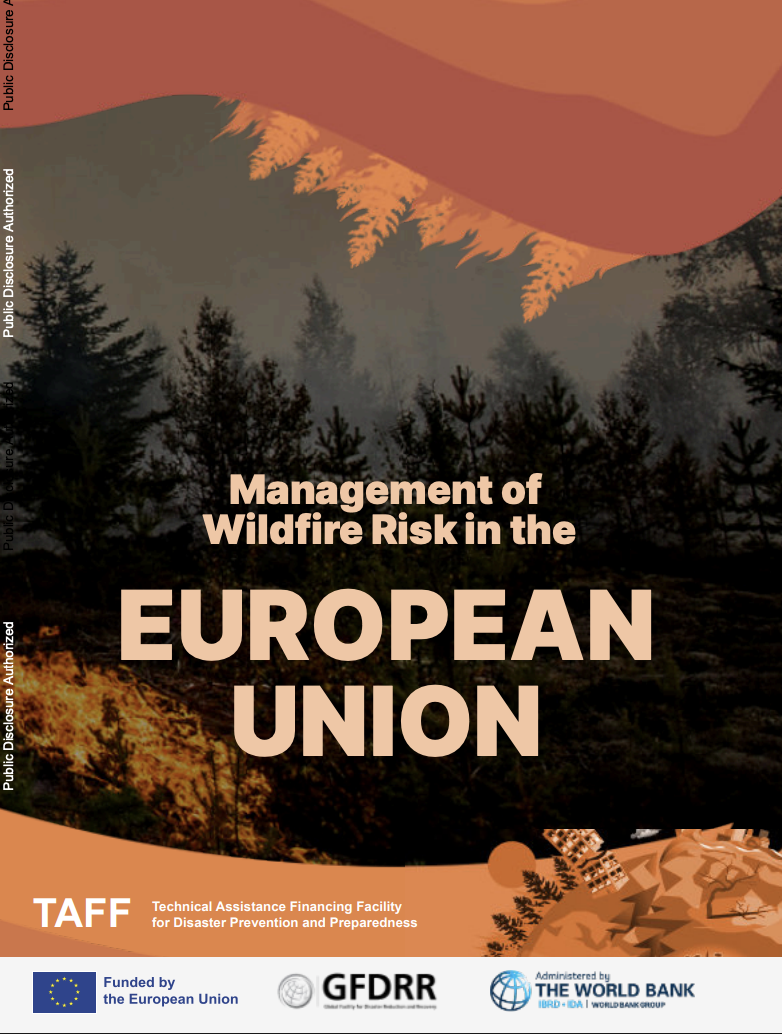Wildfires pose a significant and increasing risk across the European Union (EU). In 2023, wildfires burned over 500,000 ha of land, marking it as the fourth-largest area burned annually on record in the EU. In the same year, Greece experienced the largest wildfire ever recorded in Europe, burning 96,000 ha in the area of Alexandroupolis. With change in the climate accelerating the frequency, intensity, and geographical spread of wildfire events throughout the EU, as exemplified by forest fires coinciding with record droughts and heatwaves, it is important to investigate the risk trends and the existing capacity to manage wildfire risks. Approximately 40 percent of the EU territory is covered by forests and other wooded land, necessitating a significant review of fire management practices in the EU. This report summarizes the results of a rapid review of wildfire risks, risk management capacity, investment needs, and recommended approaches in the EU, highlighting potential risk management priorities to inform policy dialogue and future research. Capacity considers risk governance, understanding of risk, risk reduction and mitigation, preparedness and early warning, risk preparedness and emergency response, recovery and post-disaster financing, and cross-cutting topics such as social resilience and the private sector. Each chapter reviews the current situation, key challenges, and opportunities for improvement. This review aims to provide an EU-wide perspective on wildfire risk, using EU Member States (MS) as examples, rather than an in-depth review of all EU Member States.

